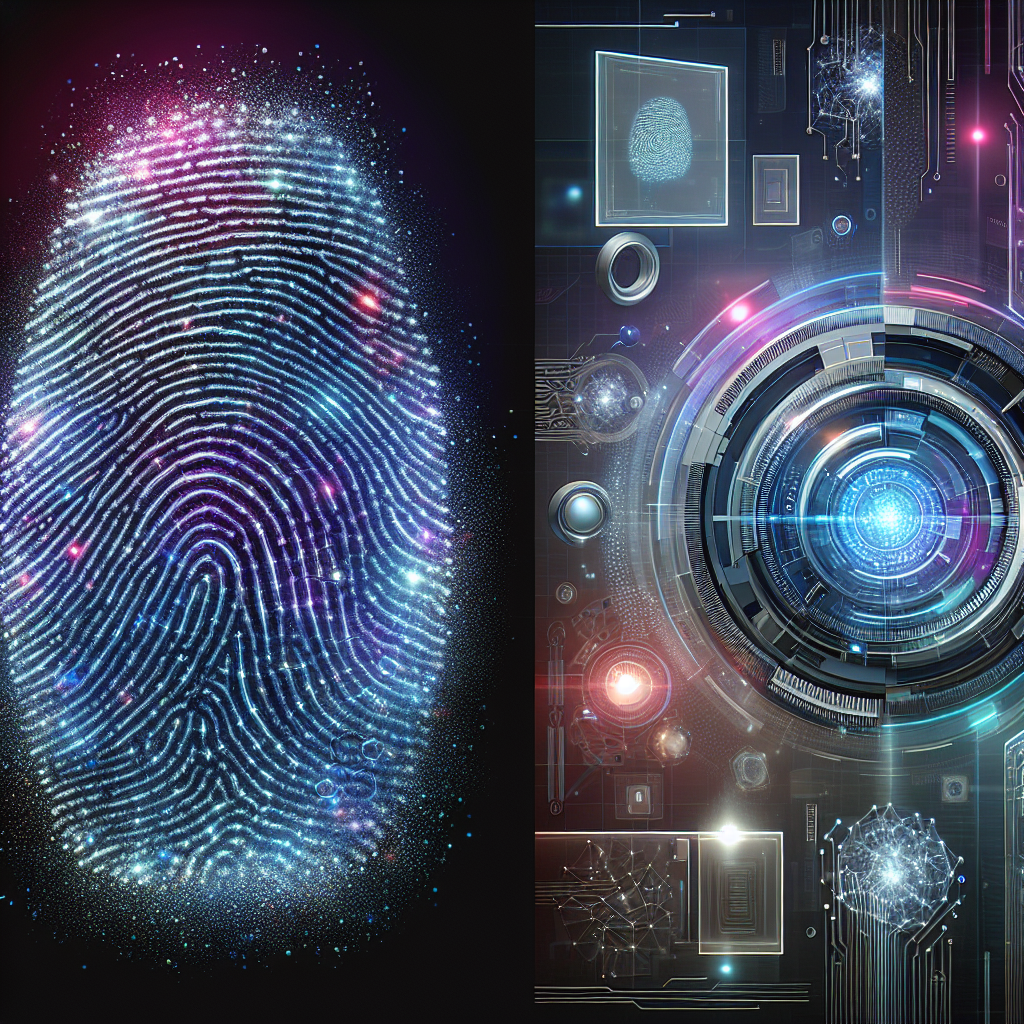Fingerprint technology has come a long way since its inception, with advancements being made in the way fingerprints are scanned, stored, and utilized for various purposes. As we look towards the future, there are several trends and innovations to watch in the field of fingerprint technology that have the potential to revolutionize the way we use biometric data.
One trend that is gaining momentum in the world of fingerprint technology is the use of 3D fingerprint scanning. Traditional 2D fingerprint scanners capture a flat image of the fingerprint, which can sometimes be affected by factors such as dirt or moisture on the finger. 3D fingerprint scanners, on the other hand, create a three-dimensional image of the fingerprint, which is more accurate and less prone to errors. This technology is being used in various applications, from smartphone unlocking to border security.
Another trend to watch is the integration of fingerprint technology with other biometric modalities, such as facial recognition or iris scanning. By combining multiple biometric data points, companies and organizations can create more secure and reliable authentication systems. This multi-modal approach not only enhances security but also improves user experience by providing faster and more convenient access to devices and systems.
Innovations in fingerprint technology are also being driven by advancements in artificial intelligence and machine learning. These technologies are enabling fingerprint scanners to learn and adapt to users’ unique fingerprints over time, improving accuracy and reducing false positives. AI-powered fingerprint systems can also detect and prevent spoofing attempts, such as using fake fingerprints or photos, making them even more secure.
One of the most exciting innovations in fingerprint technology is the development of flexible and transparent fingerprint sensors. These sensors can be integrated into a wide range of devices, from smartphones and tablets to smart cards and wearables. This opens up new possibilities for biometric authentication in various industries, including banking, healthcare, and retail.
Overall, the future of fingerprint technology looks promising, with trends such as 3D scanning, multi-modal biometrics, AI-powered systems, and flexible sensors driving innovation in the field. As these technologies continue to evolve, we can expect to see more secure, convenient, and reliable fingerprint authentication solutions in the years to come.
#Future #Fingerprint #Technology #Trends #Innovations #Watch,fingerprint


Leave a Reply